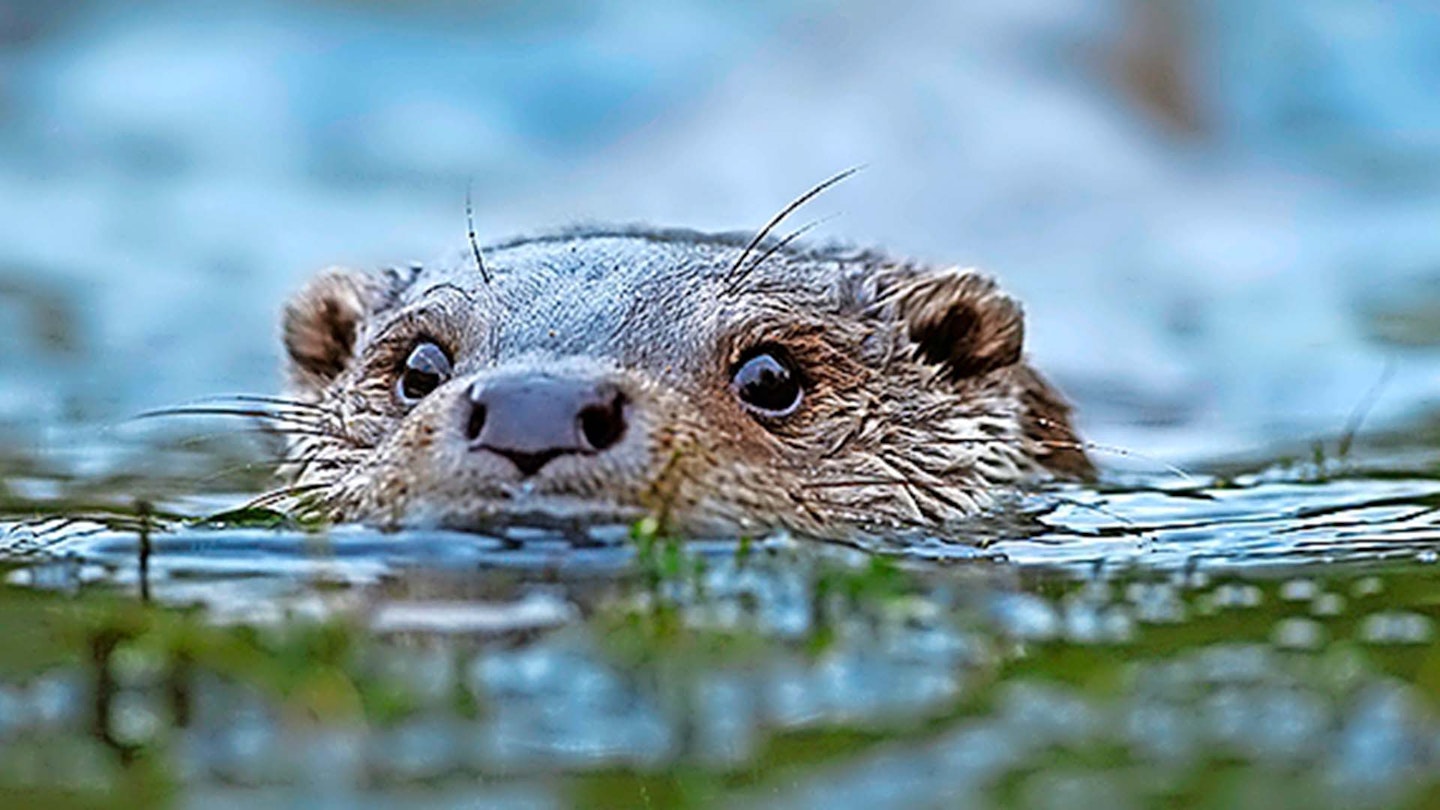A SURVEY of otter populations in Wales has shown their numbers have fallen over the past decade.
Conducted by National Resources Wales (NRW) and Cardiff University, the study found signs of the mammals at 70 per cent of the sites surveyed, an alarming decline from the 90 per cent recorded in 2010.
A team from Cardiff University studied the livers of otters that’d been found dead and discovered chemicals known as PFAS inside them. These chemicals, now thought to be widespread in British rivers, are used for a range of purposes, including in the manufacture of water-repellent clothing, personal care products and cosmetics.

Liz Halliwell from NRW said:
“The otter can be an important biological indicator of the health of our rivers and wetlands. To understand the reasons for the decline, we’re working with otter and freshwater habitat experts to review the situation.”
This year, the sixth national otter survey of England will be taking place, funded by the Environment Agency, Natural England and the Mammal Society.
Angling Times will provide a full review of the survey’s findings when they become available.
